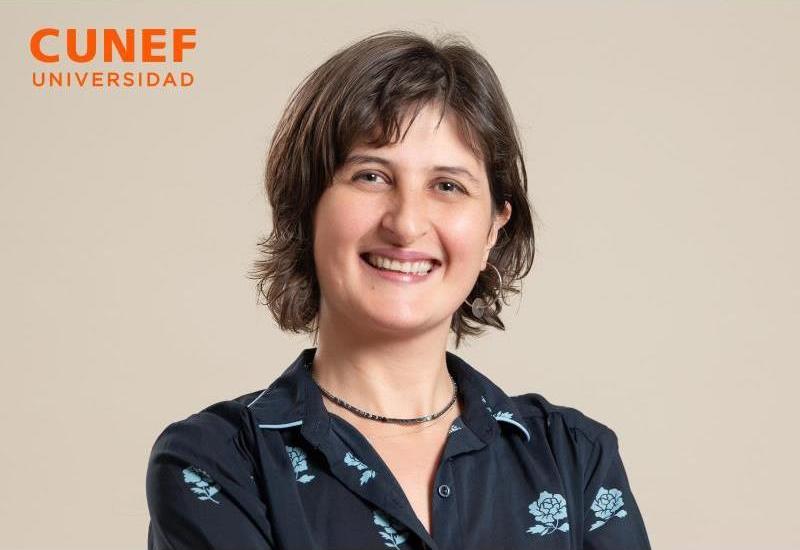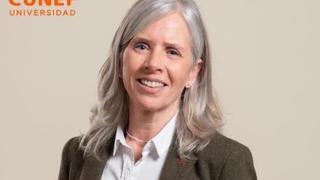
- Home
- Faculty and Research
- Taylor Jamie Michael

Taylor, Jamie Michael
PhD: University of Oxford
Office D3-27
Biography
Jamie Taylor is an Assistant Professor on Tenure Track in the Department of Mathematics at CUNEF Universidad. He has developed a distinguished research career in applied mathematics, recognized with a sexenio for the period 2013-2018 (Field 1 - Mathematics and Physics). He has published extensively in high-impact indexed journals, with the majority of his work appearing in top-quartile and top-decile journals. He is currently co-principal investigator of the national project "UltraPINNs for Enhanced Diagnostic Imaging." He holds a PhD in Mathematics from the University of Oxford under the supervision of Sir John Ball. He has also been a speaker at international conferences, a reviewer for several JCR-indexed journals, and a member of PhD thesis committees.
Education
PhD in Mathematics, University of Oxford (2017)
MMath in Mathematics, Cardiff University (2012)
Research Interests
Numerical methods for solving partial differential equations, with a focus on parametric problems using machine learning techniques.
Most relevant publications
Baharlouei, S.; Taylor, J. M.; Uriarte, C.; Pardo, D.: "A least-squares-based neural network (LS-Net) for solving linear parametric PDEs", Computer Methods in Applied Mechanics and Engineering, 437, Art. 117757, 2025.
Taylor, J. M.; Bastidas, M.; Pardo, D.; Muga, I.: "Deep Fourier Residual method for solving time-harmonic Maxwell's equations", Journal of Computational Physics, 523, Art. 113623, 2025.
Taylor, J. M.; Bastidas, M.; Calo, V. M.; Pardo, D.: "Adaptive Deep Fourier Residual method via overlapping domain decomposition", Computer Methods in Applied Mechanics and Engineering, 427, Art. 116997, 2024.
Taylor, J. M.; Pardo, D.; Muga, I.: "A deep Fourier residual method for solving PDEs using neural networks", Computer Methods in Applied Mechanics and Engineering, 405, Art. 115850, 2023.
Rivera, J. A.;Taylor, J. M.; Omella, Á. J.; Pardo, D.: "On quadrature rules for solving partial differential equations using neural networks", Computer Methods in Applied Mechanics and Engineering, 393, Art. 114710, 2022.
Otros profesores


